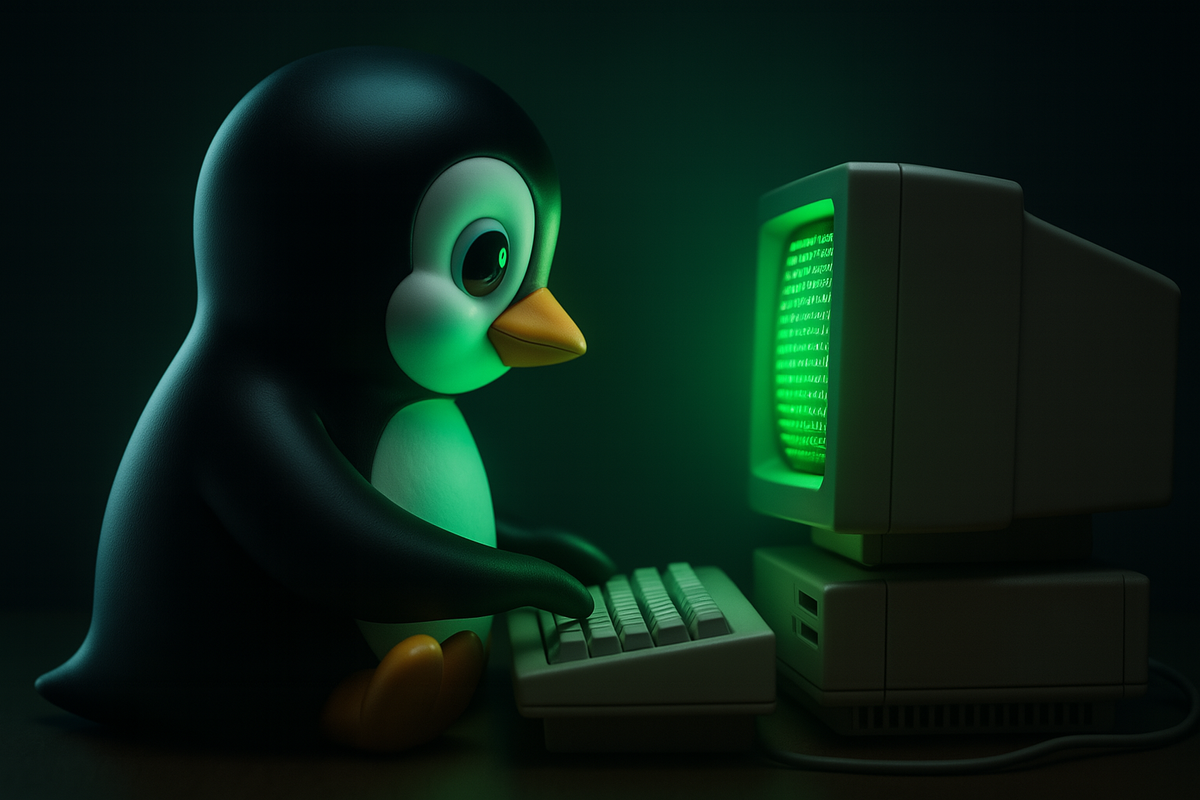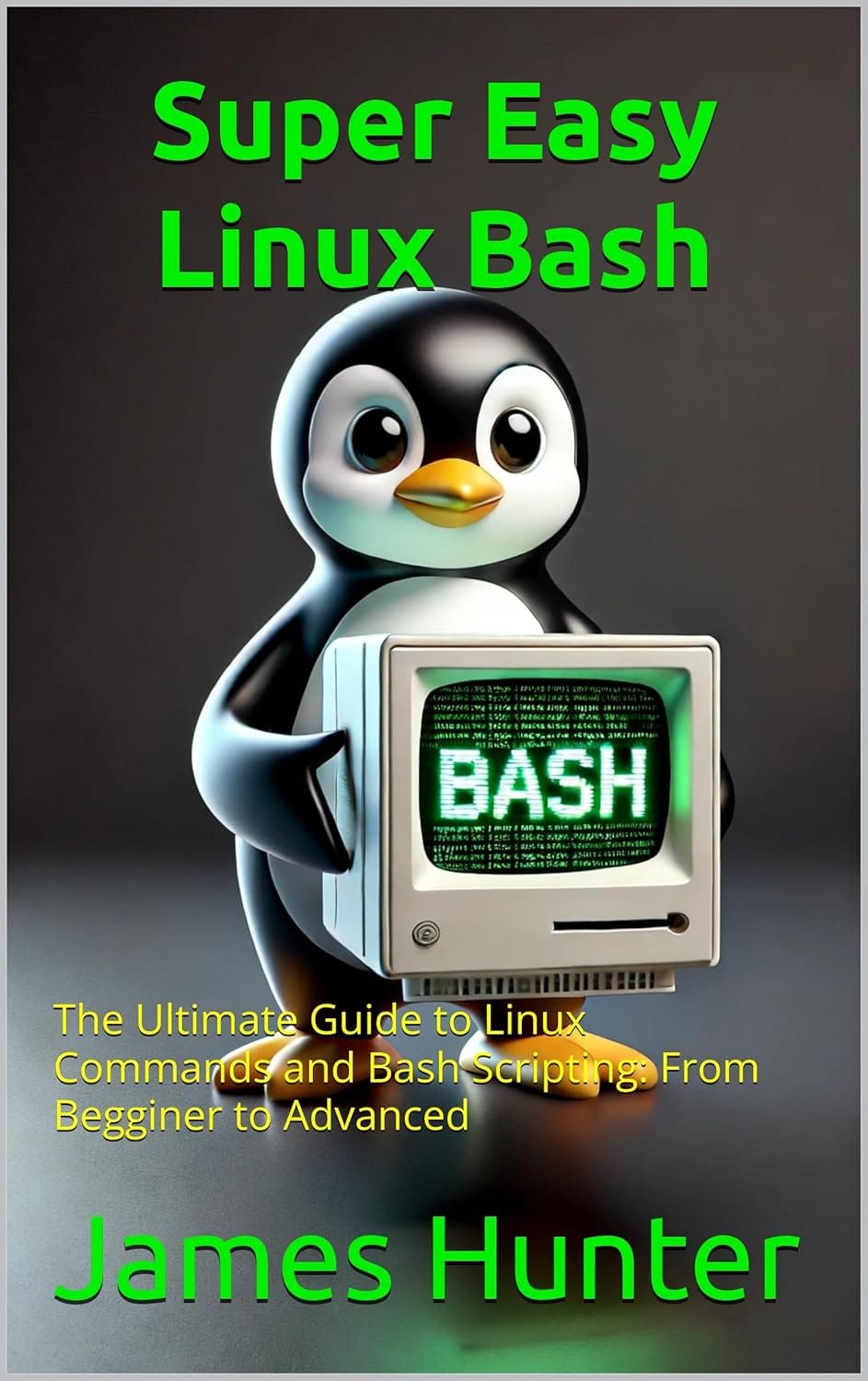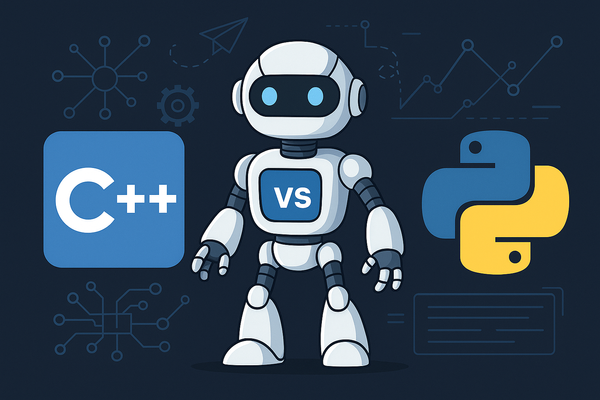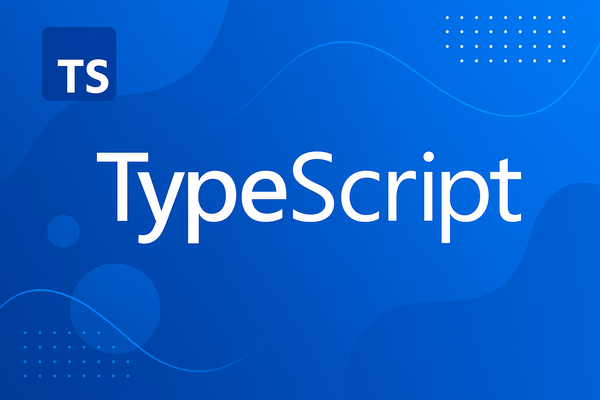Bash: The Powerful Command-Line Language Behind Linux
Bash is the backbone of Linux and macOS automation. Learn its basics, write your first script, and see why it remains an essential skill for developers and power users.

Do you remember DOS? Back in the day, it was the go-to interface for navigating files and running programs. But while DOS faded, its spirit lives on in something far more powerful, flexible, and still very much alive: Bash.
Bash (short for Bourne Again Shell) is not just a tool for system administrators and hackers in hoodies. It's a fully-featured scripting language and shell that powers countless systems, servers, and development workflows today. If you’ve ever used Linux or macOS’s Terminal, chances are you’ve already used Bash—even if only to list files or run a command.
In this short guide, we’ll look at how Bash works as a programming language and how to do something practical: create and run your own script.
Navigating Like a Pro
In Bash, everything starts with the command line. Need to see what’s in a directory?
ls
Want to change directories?
cd /path/to/your/folder
Need to make a new folder?
mkdir new_folder
Simple, right? But Bash is more than just navigation—it's a way to automate these tasks, connect commands together, and write powerful scripts.
Hello, Bash: Your First Script
Let’s make a simple Hello World Bash script. Open a terminal and type the following:
echo 'echo "Hello, World!"' > hello.sh
You’ve just created a file called hello.sh that contains a command to print "Hello, World!". But right now, it’s just a text file.
Step 1: Add the Shebang
To tell the system this is a Bash script, add a special line at the top called a shebang:
echo '#!/bin/bash' | cat - hello.sh > temp && mv temp hello.sh
Or open it in a text editor and make sure it looks like this:
#!/bin/bash
echo "Hello, World!"
Step 2: Make It Executable
By default, the file won’t run directly. You need to give it execute permission:
chmod +x hello.sh
Step 3: Run the Script
Now, execute it:
./hello.sh
You’ll see:
Hello, World!
Congratulations—you just wrote and ran your first Bash script!
Why This Matters
Bash isn’t just old-school—it’s still the default scripting tool on Linux systems, used by:
- System administrators to automate maintenance
- Developers to build and deploy software
- Hobbyists to customize and control their machines
Bash scripts are portable, lightweight, and can be combined with thousands of command-line utilities for serious productivity.
Going Further
Want to explore more? Try:
- Loops and conditionals (
for,if,while) - Reading user input (
read) - Using arguments (
$1,$2, etc.) - Combining tools (
grep,awk,sed)
Bash is easy to start with but deep enough to grow into. It’s not just a language—it’s a gateway into the Unix philosophy of powerful, composable tools.
Final Thought
Bash isn’t going away anytime soon. If you want to get more out of your Linux (or macOS) system, mastering Bash gives you superpowers. From simple tasks to complex automation, it’s a skill worth learning—one keystroke at a time.
To Learn More Linux / Bash:




